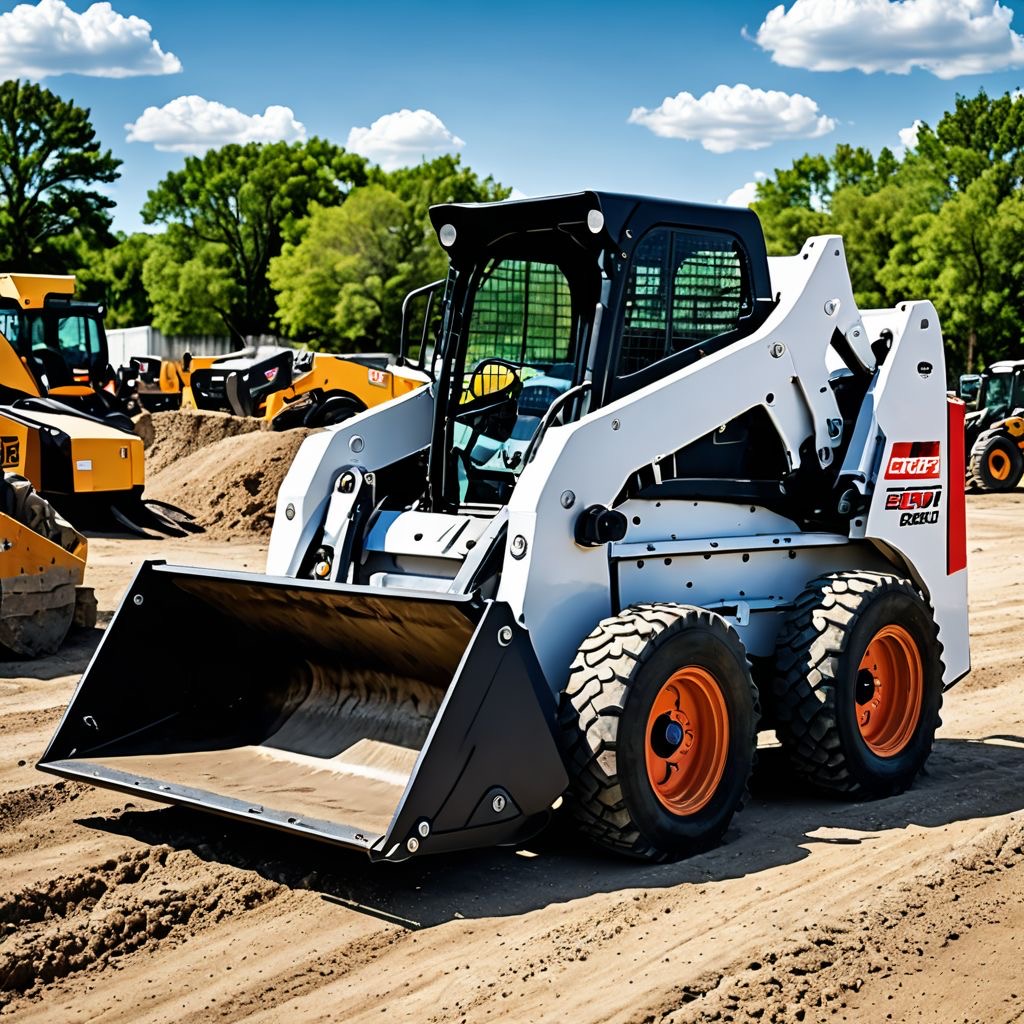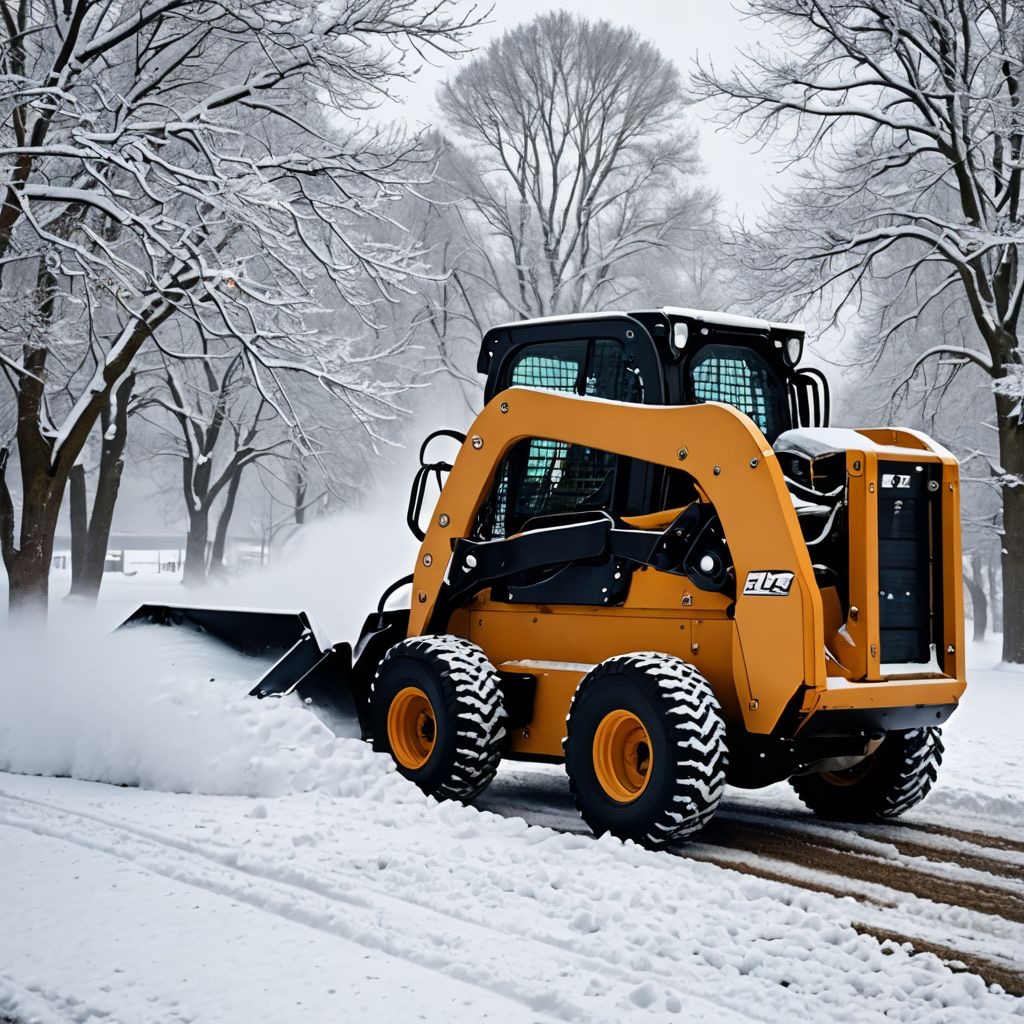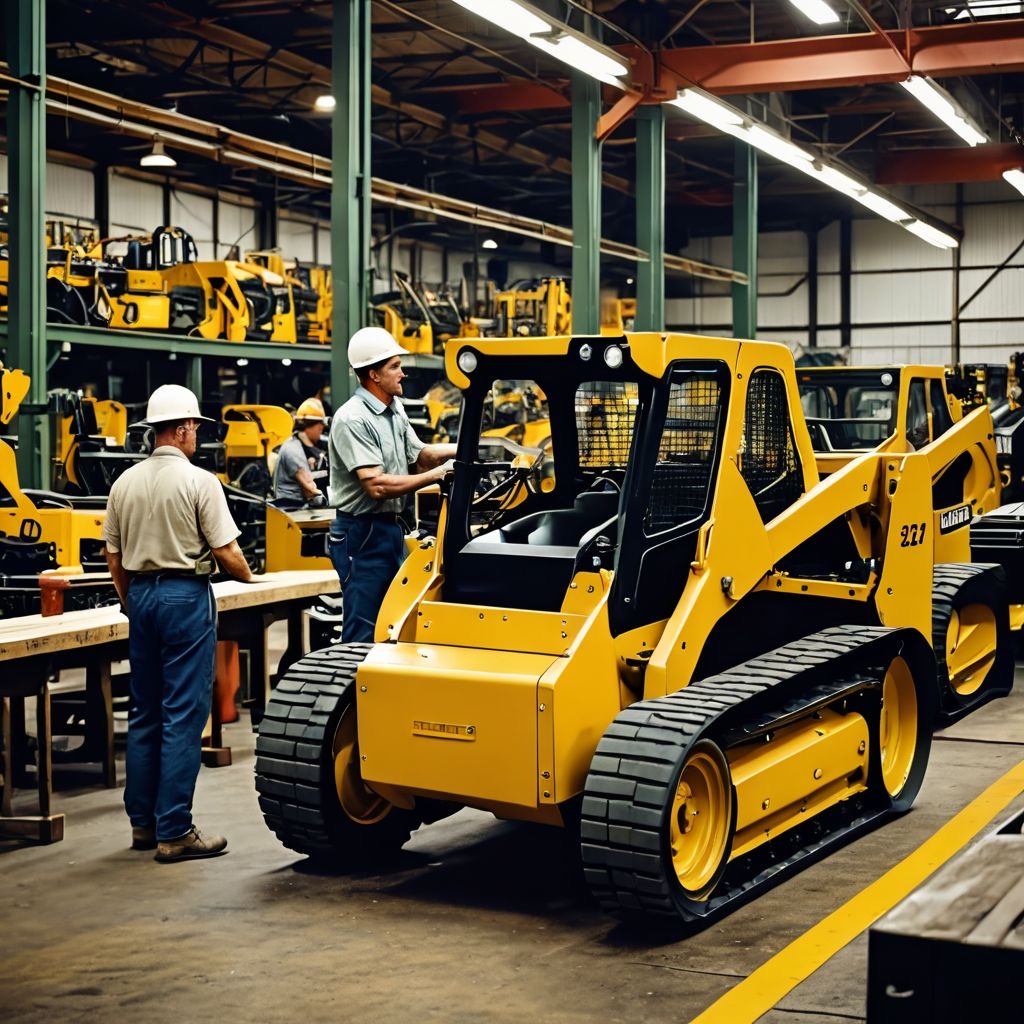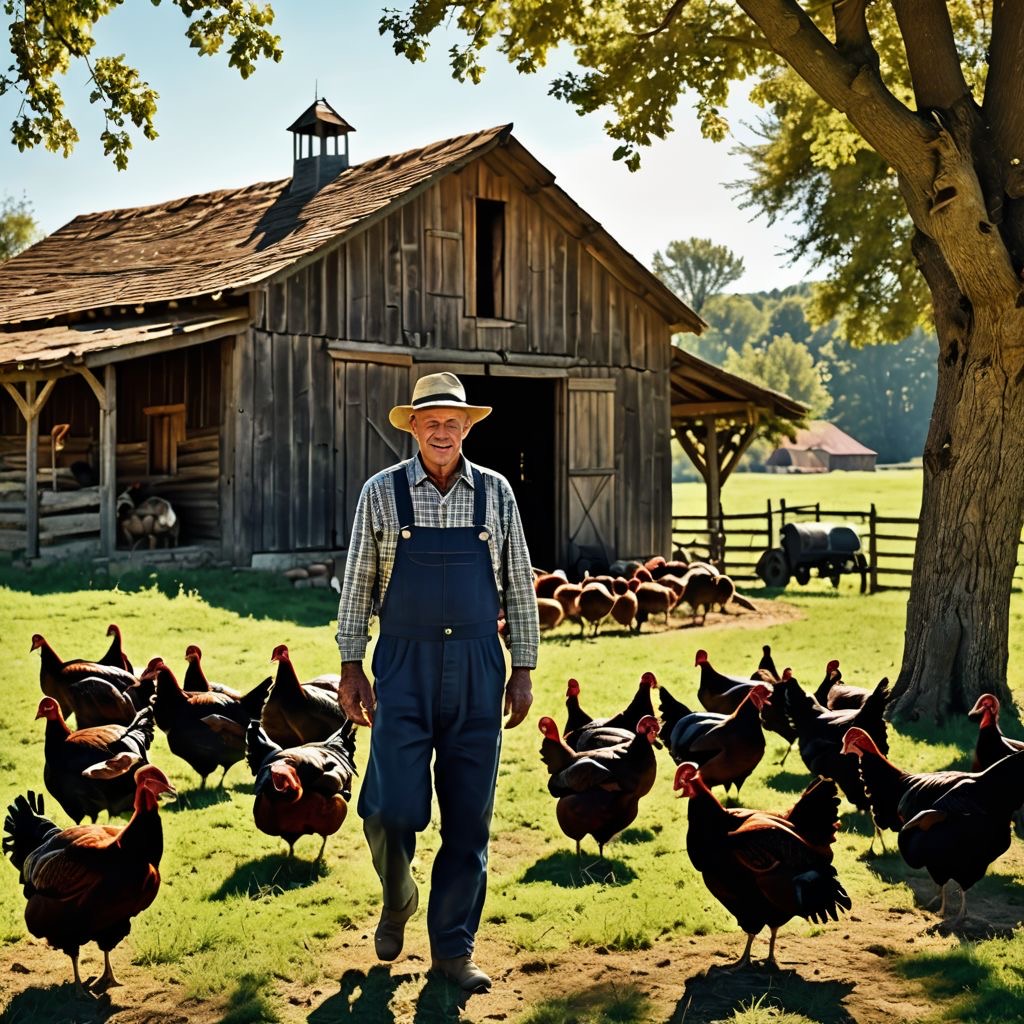
Table of Contents:
1. Introduction
2. Some History and The Basics of Skid Steers
2.1 What Is a Skid Steer?
2.2 Learning the Controls
2.3 Types of Compact Loaders for your Winnipeg Landscape Project
3. Safety Considerations in Operating Heavy Machinery
3.1 Personal Safety Gear
3.2 Environmental Awareness
3.3 Load Limits and Stability
4. Selecting the Right Attachments for Ground Leveling
4.1 Bucket Types and Their Uses
4.2 Grading Attachments
4.3 Specialty Attachments
5. Understanding Soil Types
5.1 Types of Soil
5.2 Soil Properties and Management
6. How to Level Ground
6.1 Planning Your Landscape Project
6.2 Steps for Leveling Ground
6.3 Common Mistakes to Avoid
7. Safety Measures: How Much Slope Can Heavy Equipment Handle?
8. Renting vs. Buying
8.1 Cost Analysis
8.2 Benefits of Renting
8.3 When to Buy
9. Maintenance Tips for Heavy Machinery
10. Conclusion
1. Introduction:
If you’ve ever thought about improving your yard or preparing a site for a fresh patio design? In the Winnipeg area, you’re likely familiar with the transformative power of a skid steer. These versatile machines are invaluable tools for a variety of tasks, from landscaping to heavy lifting, making them the go-to choice for homeowners, contractors and commercial property managers alike. The tools available to help make landscaping in Winnipeg an easier and more enjoyable task have expanded dramatically with the growth in equipment rental companies and purchase options. With the proper knowledge, utilizing compact loaders can help you create the stunning outdoor space you’ve always envisioned.
However, like any powerful tool, there is definitely a learning curve—and a list of common pitfalls that can be easily avoided. Whether you're focused on residential yard maintenance or overseeing a larger commercial landscaping endeavor, having a solid grasp of how to operate this equipment effectively is crucial. And let’s face it: no one wants a yard that resembles an amusement park ride instead of a soothing oasis!
In this comprehensive guide, we will explore the essential aspects of leveling ground while shedding light on the typical mistakes many novices make. From understanding the basics of operating heavy machinery to selecting the right attachments and ensuring safety during your project, we’ll cover everything you need to navigate potential hurdles like a seasoned pro. With practical tips, relatable anecdotes, and a dash of humor, this essay aims to be your ultimate resource for leveling ground with heavy machinery. So, get comfortable and let’s embark on this journey together!
2. Understanding the Basics:
Contact us today for your free estimate.
2.1 What Is a Skid Steer?
Skid steers or Compact loaders are small, agile machines equipped with lift arms designed for attaching various tools or implements. Ideal for tasks like grading, digging, and hauling, they are invaluable in the context of backyard landscape design. Think of them as the Swiss Army knife of outdoor equipment—equipped for nearly any job you throw at it!
These vehicles excel in confined spaces where larger machines struggle to fit, making them particularly popular among landscaping contractors near me. Their versatility allows for use in a range of projects, from simple yard leveling to more complex jobs like moving snow or excavating for drainage.

In 1957, not far from Winnipeg, the first three-wheeled, front-end loader was invented by two brothers in small town Minnesota. The brothers goal was to assist a local farmer, mechanize the process of removing manure from his turkey barn. This innovative, lightweight and compact machine was able to turn around within its own length. Perfect for use in the farmers cramped turkey barn
The following year, again not far from Winnipeg, The Melroe Manufacturing Company in North Dakota, purchased the rights to the loader and brought the brothers onboard to further develop their creation. This collaboration culminated in the launch of the Melroe self-propelled loader near the end of 1958. In 1962, Melroe, the parent company, adopted the now recognizable Bobcat brand name.

By the late 1960s, a number of other equipment companies began to enter the market, with similar machines.
Throughout the 1970s and 80s, skid steers underwent notable advancements boasting features like more powerful engines, enclosed cabs, and hydraulic systems capable of supporting a wider array of attachments and brands like Allis-Chalmers, Caterpillar, and New Holland began producing their own models, each incorporating their own distinctive features.
By the 1990s, the addition of joystick controls, enhanced operator visibility, and quick-attach/detach systems contributed to improved safety and ease of use. As urban job sites grew tighter and more regulated, the need for versatile and agile equipment increased.
In the 2000s, innovation in skid steer technology continued to evolve with the introduction of features like electronic engine controls, and load-sensing hydraulics.
Recently, the focus has shifted towards autonomous and semi-autonomous capabilities, with manufacturers integrating robotic control systems allowing for remote operation. Concurrently, electric skid steers have emerged as eco-friendly alternatives providing zero-emissions solutions for indoor, and noise-sensitive job sites.
2.2Learning the Controls
Operating this type of machinery might seem daunting initially, but it’s all about understanding the controls. Typically, you’ll find two joysticks: one controls the forward and backward movement while the other manages the bucket or implement. Picture it as a mix between driving a go-kart and playing a video game—once you get the hang of it, it can be a lot of fun!
It's crucial to spend some time familiarizing yourself with the controls in a safe, open area. Practice makes perfect! Many machines also feature safety devices like seat belts and emergency shut-off switches, so getting to know your equipment will go a long way toward ensuring safety.
2.3 Types of Compact Loaders for Your Landscape Project:
When it comes to machinery types, there are wheeled and tracked varieties. Wheeled machines are suited for firm, stable surfaces, while tracked machines offer better traction on softer terrains—think freshly tilled soil or muddy ground. Choosing the right type will significantly impact your ability to level ground effectively. If you opt for the wrong machine, you might find yourself grappling with slipping tires or digging in too deep.
3. Safety Considerations in Operating Heavy Machinery for your Winnipeg landscape project:
3.1 Personal Safety Gear
Before you jump into operating heavy machinery, don’t overlook the importance of personal safety gear! Helmets, gloves, and steel-toed boots should become your new best friends. Proper safety attire can make a critical difference in protecting yourself while operating powerful equipment, especially in tricky or chaotic conditions.
3.2 Environmental Awareness
Always be aware of your surroundings. Clearly mark off the area you're working in and watch out for any nearby structures, trees, animals, or even children. Your focus might be on leveling the ground, but the world around you doesn't stop moving!
3.3 Load Limits and Stability
Every compact loader comes with a rated operating capacity, and exceeding that limit can lead to dangerous tipping or loss of control. Ensure you understand the specific limits for your machinery. When in doubt, consult the owner’s manual or seek advice from someone experienced—there's no shame in asking questions! A general guideline is to never lift more than half of the machine's rated capacity, especially on uneven terrain where stability is already a concern.
4. Selecting the Right Attachments for Ground Leveling:
4.1 Bucket Types and Their Uses
Choosing the appropriate bucket can make or break your leveling project. While a standard dirt bucket might handle a basic job, you may benefit from specialized options. For example, a grading bucket features an angled edge, perfect for smoothing out surfaces, while a multipurpose bucket can adapt to various tasks—ideal for complex residential landscaping initiatives.
Contact us today for your free estimate.
4.2 Grading Attachments
Grading attachments are real game-changers when it comes to achieving a smooth surface. Designed for even material distribution, they usually offer adjustability, allowing you to control how much material you spread in a single pass. This efficiency not only minimizes the number of trips you must take but also enhances the overall quality of your landscaping project.
Thoughts on grading for your Winnipeg Landscape design
4.3 Specialty Attachments
If you’re on the lookout for something truly specialized, consider attachments such as laser grading systems. These technologies use precise measurements to ensure your ground is level to the millimeter, making them invaluable for larger commercial landscaping projects. It’s essential to ensure that you're correctly employing these tools and not inadvertently altering your landscape design beyond recognition.
5. Understanding Soil Types:
5.1 Types of Soil
Not all soil is created equal! Understanding the different soil types—sandy, clay, loamy—will greatly influence how you approach leveling. Sandy soils drain well, making them easier to work with, but they may settle unevenly. On the other hand, clay soils can present significant challenges due to their tendency to compact, making it hard to achieve the smooth surface you desire. Paying attention to soil type will enable you to develop effective strategies when you undertake a patio design or garden project.
5.2 Soil Properties and Management
The properties of the soil where you are working will directly impact your leveling process. Saturated soils can spell trouble—what may seem stable could quickly turn into a muddy mess if rain hits, not to mention an arduous leveling effort! Before starting your project, conducting a soil test can help prevent unexpected challenges down the road.
6. How to Level Ground:
6.1Planning Your Landscape Project
Charting a solid plan before diving in is imperative. Determine the area you want to level and measure it accurately to know how much soil you will need to move. Additionally, consider your overall goal and final design—including whether you are looking for a full-fledged outdoor living area or just a simple garden. Working from a well-defined plan not only streamlines your project but also helps you avoid unnecessary complications.
Read here about about City of Winnipeg permit requirements, contacting utilities and design tips.
6.2 Steps for Leveling Ground
1. Clear the Area: Remove any debris, rocks, or vegetation in your work area. Clearing the space provides a clean foundation and promotes safe operation.
2. Rough Grade the Soil: Use your equipment to even out significant variations. A rough grading pass with a general bucket can help eliminate noticeable height differences throughout the area.
3. Fine Grade the Soil: Switch to a grading attachment for finer work. This stage is crucial for ensuring a truly smooth surface—precise adjustments are essential here, and this is where adjustability features shine.
4. Check Your Work: After each pass, step back to evaluate your accomplishments. Using strings or stakes can guide you in verifying whether the area is level. Investing a few minutes at this stage can yield significant benefits as you proceed.
5. Final Touches: Once you’ve confirmed everything looks great, it’s time to incorporate additional landscaping elements like planting new flowers, laying patio stones, or installing edging.
6.3 Common Mistakes to Avoid
- Ignoring Soil Conditions: Never underestimate the impact of soil moisture on your leveling work. Wet conditions can lead to uneven surfaces and muddy pitfalls. Always test the soil before starting!
- Underestimating the Load: It’s all too easy to assume you can carry hefty loads. Remember, exceeding weight limits can result in significant risks. Always be clear on your machinery's specifications!
- Failing to Plan: Like any successful event, a fruitful leveling project requires a well-thought-out strategy! Jumping in without a plan can lead to frustration and mistakes that will ultimately waste time and resources.
7. Safety Measures: How Much Slope Can Heavy Equipment Handle?
Heavy machinery can generally manage slopes of up to 30 degrees, dependent on specifics such as model and design. However, keep in mind that stability is contingent on load and terrain conditions. When working on inclines or near edges, always exercise caution.
Unexpected slopes can catch even experienced operators off guard, so relying on your intuition is crucial. If you’re uncertain, it’s wise to test the ground with less load before fully committing to your project.
Ready to chat about your garden and landscaping goals?

Reach out by call or text to: 204-229-9789 or click here to submit your information today to arrange a “no obligation” introductory phone call. We look forward to helping you transform your yard.
Tips on how to prepare for a consultation meeting with a landscape contractor
8. Renting vs. Buying:
8.1 Cost Analysis
When making your decision to rent or buy, carefully assess the cost of ownership against rental options. If you're only undertaking one specific project, renting may be the more economical and practical choice. However, if you anticipate ongoing work or larger endeavors, investing in machinery may ultimately provide greater long-term savings.
8.2 Benefits of Renting
1. Cost Savings: Renting is often cheaper for short-term projects, allowing you to conserve your budget for other needs.
2. Flexibility: Choose precisely what type and size of machine you need for each job, maximizing your efficiency.
3. Maintenance Covered: Rental agreements often include maintenance packages, allowing you to focus on the job without worrying about upkeep.
Contact us today for your free estimate.
8.3 When to Buy
Investing in your own heavy machinery makes sense if you frequently tackle projects that require such equipment. Owning your machinery not only ensures constant availability but provides potential resale value if you ever decide to upgrade.
9. Maintenance Tips:
To keep your machinery running smoothly, regular maintenance is essential. Here are a few tips:
1. Routine Checks: Inspect fluids, filters, and belts weekly to ensure everything is functioning properly.
2. Clean After Use: Always clean your equipment after projects to prevent dirt buildup, which can lead to inefficiencies and breakdowns.
3. Address Issues Promptly: Pay attention to unusual noises or decreased performance. Addressing issues early can save you money in repairs later.
4. Follow the Manual: Each machine comes with a manual—be sure to refer to it regularly to ensure proper care and maintenance.
5. Professional Servicing: Schedule annual check-ups with a professional service provider to mitigate any potential problems and keep your machinery in top shape.
Transform your Yard With Sunshine's expert landscaping services. Top landscape ideas for 2025
Contact us today for your free estimate.


